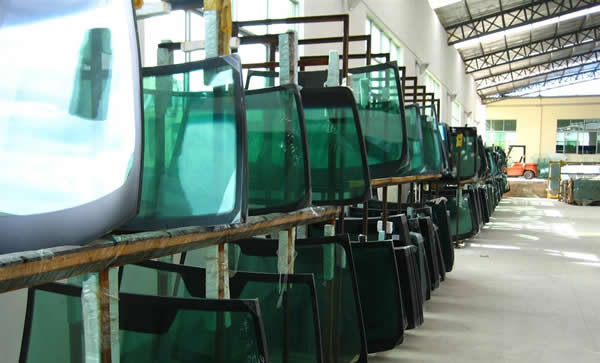CRI Report has released a report titled “E-Glass Market – Analysis of Market Size, Share & Trends for 2020 – 2030 and Forecasts to 2030” which is anticipated to reach USD 39.4 billion by 2030. According to a study by CRI Report, the market is anticipated to portray a CAGR of 3.33% between 2020 and 2030. Growing demand for glass fibers from the construction, automotive & transportation, wind energy, and aerospace industries, as well as product features such as high tensile strength, lightweight, flexibility, thermal & electrical resistance at low cost, and increasing demand for fuel-efficient and high load-bearing capacity, are expected to propel the market forward during the forecast period.
The market report on E-Glass Market includes in-depth insights as:
- The estimated value of the market was USD 28.4 billion in the year 2020.
- Region-wise, the market in Asia-Pacific which held the largest market share in the year 2020, emerged as a key market for the E-Glass market.
- Based on Application, the Reinforcement agent emerged as a key segment in the E-Glass market.
- Based on End-User, Wind turbine segment emerged as a key segment in the E-Glass market.
- Key players are likely to focus on product innovations and expansion through mergers to retain their positions in developed markets.
“Fiberglass offers a better strength-to-weight ratio, which is a key consideration in the auto sector. Vehicles constructed with lightweight, high-strength components provide better mileage and fuel efficiency. To minimize carbon dioxide emissions, the automobile sector has been subjected to stringent restrictions. As a result, the industry has been encouraged to create fuel-efficient lightweight vehicles in order to reduce greenhouse gas emissions. In the automobile industry, fiberglass composite is widely utilized as an alternative for aluminum and steel in the production of lightweight vehicles thus boosting the E glass market.”, according to this report
Glass fiber is a versatile industrial material that can be made from a variety of basic materials. Transparency, hardness, chemical attack resistance, and stability, as well as fiber qualities including stiffness, flexibility, and strength, are all present in it. Printed circuit boards, structural composites, and a variety of special-purpose items are all made with glass fibers. The letter “e” stands for “electrical grade” in e-glass (also known as e-class glass fiber), indicating its low electrical conductivity. E-glass is recognized for having low thermal expansion coefficients, making it more resistant to thermal shock than regular glass. It is resistant to thermal shock and is commonly used to make glassware for use in labs, kitchens, and other general applications. E-glass was originally designed as insulators for electrical wire standoffs. It was also discovered to have outstanding fiber-forming properties.
E-Glass market is segmented by Application into Reinforcement agents (glass fiber composites), Glassware, Insulation, Semiconductors, Lighting, Optics, and others. Among these, the Reinforcement agent category is expected to grow at the highest CAGR during the forecast period. Due to its extensive applicability in different sectors such as GRP & GRE pipes, storage tanks, traffic lights, car body parts, rowing shells & oars, helmets, surfboards, tent poles, ship hulls, antenna covers & structures, and others, this category is expected to lead the market.
Key Players in the Market
- Some of the key players operating in the E-Glass market are AGY, Jiangsu Jiuding New Material Co. Ltd, Jushi Group Co. Ltd., Nippon Electric Glass Co. Ltd, Novalglass.com, Owens Corning, PBM Insulations Pvt. Ltd., PPG Industries Inc, Rex Sealing & Packing, Industries Pvt. Limited, SCHOTT AG, SGG, Shenzhen Sun Global Glass Co. Ltd.
Get Valuable Insights into E-Glass market
In the new report, CRI Report thrives to present an unbiased analysis of the E-Glass market that covers the historical demand data as well as the forecast figures for the period, i.e., 2020-2030. The study includes compelling insights into growth that is witnessed in the market. The market is segmented by Type into boron-containing, boron-free varieties. By Application into Reinforcement agent (glass fiber composites), Glassware, Insulation, Semiconductors, Lighting, Optics, and others. By End-User into Transportation, building & construction, industrial, wind turbine, consumer goods, electronics, and others. Geographically, the market is segmented into North America, Latin America, Europe, Asia Pacific, and Middle East, and Africa.

